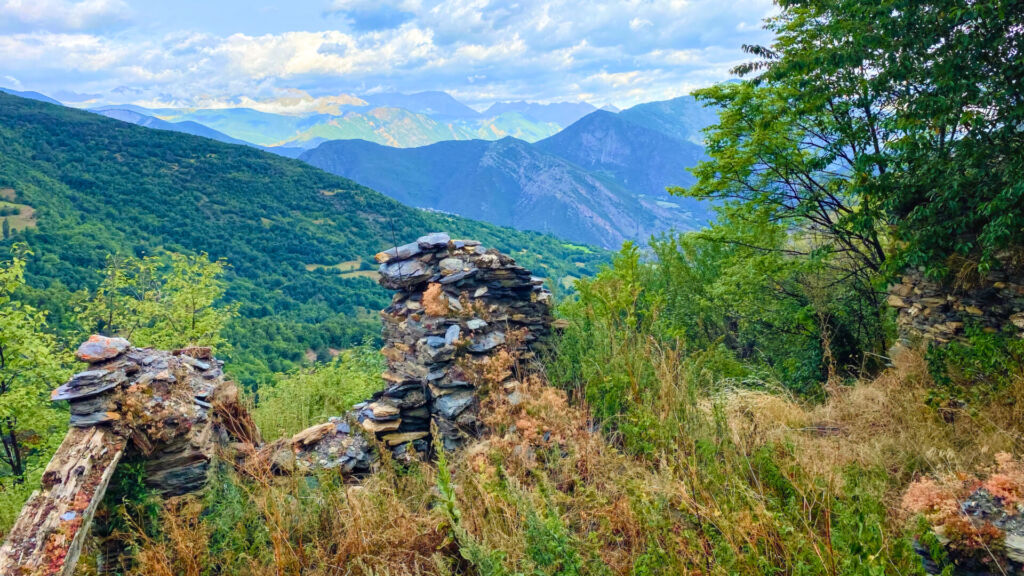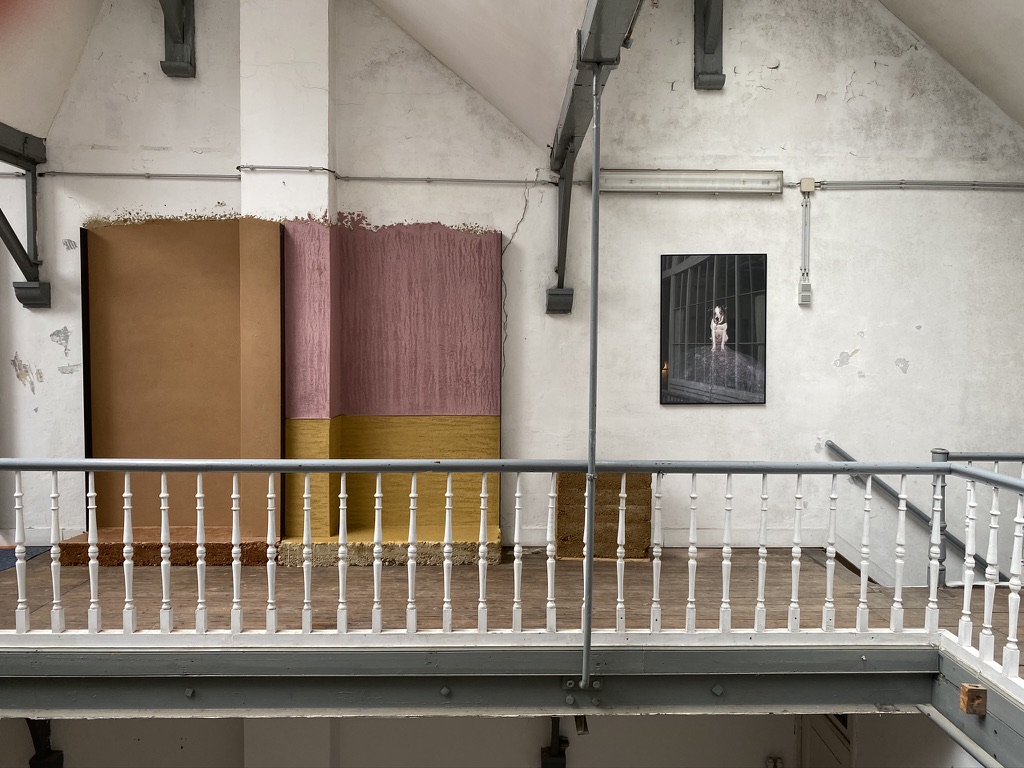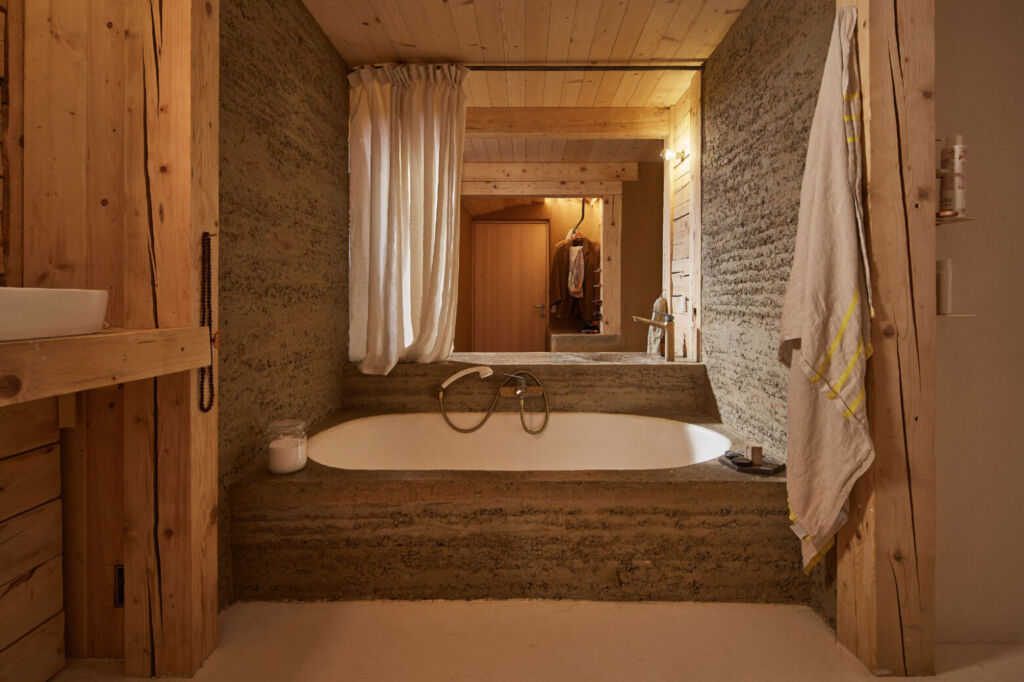For the curious minds
You could say that raw earth for design and architecture is a kind of forgotten material. Throughout history and all over the world people have been building with raw earth, next to other natural materials like wood and stone. The earliest signs of the use of raw earth for building date back to 10.000 years ago. However, in the last 150 years the use of raw earth has been completely replaced by cement, concrete, fired bricks and other energy-intensive materials. At least in our parts of the world. In many areas around the globe, raw earth is still an important building material but there as well, the natural building material is slowly pushed away as the image of raw earth is one of a primitive and traditional material that cannot withstand contemporary building standards.
Granted, a great many of today’s architecture couldn’t have been built if it wasn’t for cement and concrete. Nevertheless, the almost full replacement of raw earth has wiped out much of the architectural and technical knowledge on how to build with this material. On top of that, the necessary experience, know-how and craftsmanship to conduct raw earth projects has disappeared.

But times are changing. Over the last couple of years, the rise of raw earth projects and interest of architects, engineers, academics and craftsmen is noticeable. Better knowledge of the mechanical properties and innovations in the realm of raw earth are on the rise (think of prefabricated elements, liquid earth or earth screed for example). But he use of raw earth goes beyond the material itself: the way of designing with raw earth, the use of (traditional) building methods, the local materials and even the geography and the cultural context of a certain place call for a specific architectural practice. For our studio, the use of raw earth is embedded in vernacular architecture.

Vernacular architecture takes into account the local context as well as cultural aspects. It is opposed to globalised, uniform and standardised building practices where “more of the same” is the leading principle. In an industrialised and fast-moving construction world this might seem an old-fashioned way of working. For Grond Studio, the principles of vernacular architecture hide in every project and are truly contemporary. Let’s give an example. As processing raw earth is labour-intensive, teams of local craftsmen and workers are necessary. This implies that the a considerable amount of the cost of a project goes to people (i.e. families) instead of machines alone. To us, this is an ethical way of working.

Also the ecological aspects of raw earth cannot be underestimated. Did you know that 1 ton of cement has 620kg of CO2 emissions? For 1 ton of rammed earth this is…20kg! Raw earth is energy-saving, renewable and abundant. The data for raw earth’s ecology go beyond superficial climate awareness and greenwashing.
It is becoming clear that raw earth is holding many promises on an environmental, technological, cultural and ethical level. That is exactly why Grond aims at bringing back the use of raw earth into our collective memories. Through special projects in design and architecture, we highlight a material with a natural aesthetic that at the same time tells a story about how we build and design….and thus how we work together and even live.
